Violet "Water": description, planting and care
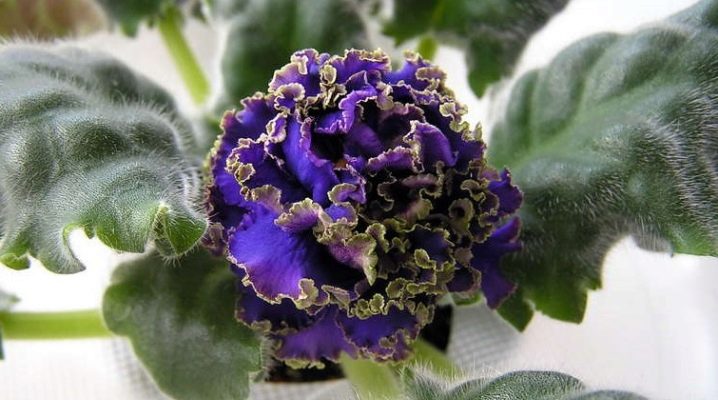
Ornamental plants that are cultivated now have gone through a difficult and long selection. Each of them deserves close attention. This fully applies to the "Water" violet.
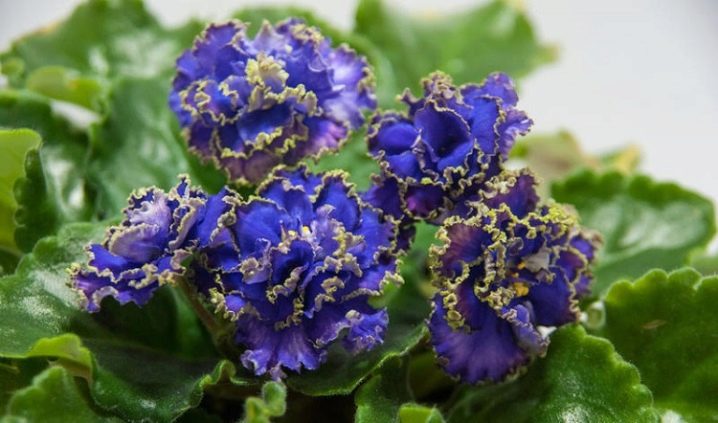
Peculiarities
This culture is in demand from the very beginning. The reason is simple: almost everyone likes flowers of a pleasant purple color. At "Water" purple paint is diluted with white-pink and green notes. Thanks to them, the plants turn out to be more romantic and even a little more mysterious. The variety was bred by the famous breeder T. Dadoyan.
In the development process, in addition to the non-standard colors, it was possible to make the petals as curled as possible, the leaves are the same. Therefore, the flower has become more elegant than many other varieties. Flowers of "Water" belong to the terry group. They reach great magnitude. The perimeter of the petals is decorated with a powerful fringe.
The petals turn a deep blue or even purple. Pale pink inclusions are added to them in random order. The petals at the tips are also pinkish. At the very edge there is a greenish ruffle curving into a spiral. The appearance of a flower changes when the buds bloom - that is why neither photos, nor videos, nor verbal stories can reflect all the charm of the "Water".
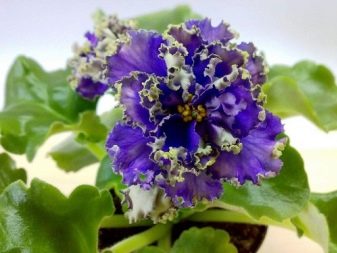
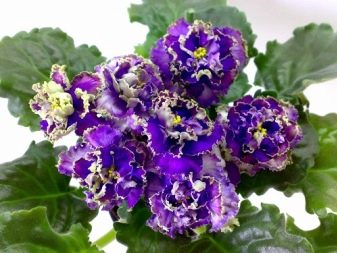
But here it is important to make a digression: this variety belongs to the number of violets only in everyday life. In fact, he is one of the genus Saintpaulia - completely different plants that do not come from Europe, but from the east of Africa. Saintpaulias are distinguished by their truly extraordinary beauty, even eclipsing the classic European violets. The opening of the buds is very slow, while the saturation of the color increases gradually. From light, almost blue, it becomes more and more saturated and finally reaches blue.
Some part of the bouquet begins to resemble balls during development. Rays of pink color depart from their base. When they open, the pink areas change shape. At the last moment, the petals turn more and more green. "Water" violets form strong flower stalks, each of them has from 3 to 5 buds.
The description indicates that fully blooming flowers have a diameter of 4-5 cm. At this size, they can live 25 or 30 days. In this case, light leaves on the back have a reddish tint. The edges of the foliage are slightly wavy; when the violet matures, the leaves darken. The rosettes are large and uniformly shaped.
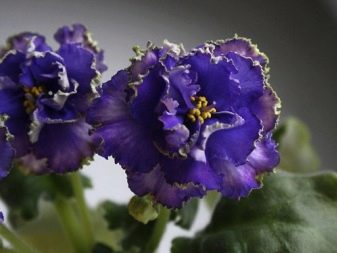
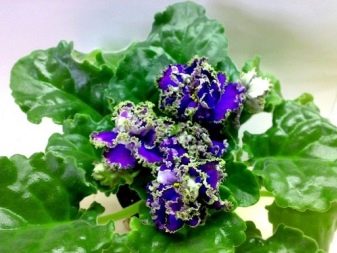
How to grow?
The main requirement for growing violets, including "Water", is the careful selection of a place for planting. Lighting should be quite intense, but exclude contact with direct sunlight. The best place in the premises is the eastern windows. There, morning rays will fall on the flower, which will provide the necessary energy and will not damage the plant.
If this is not possible, the arrangement of violets along the western, north-western and north-eastern windows is allowed. But this does not mean that in houses where there are only southern windows, it is impossible to grow "Water" ones. You just have to shade the plants with blinds and thick curtains.
But you cannot put them on the northern windows - this will end in inevitable failure.
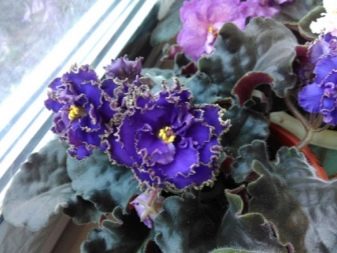
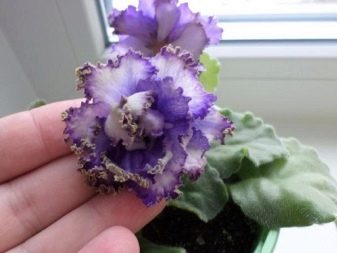
Every florist who has ever tried to grow a violet in a north window has faced serious problems. It develops slowly, then blooms weakly and reluctantly. But when there is no other choice, it is necessary to compensate for the lack of sunlight with the help of artificial lamps.They should bring the duration of the daylight period to 10, and ideally up to 12 hours. Along with special phytolamps for illumination, household fluorescent lamps can be used.
In order for the violet to grow normally, the air temperature will have to be maintained at least 20 and not higher than 24 degrees Celsius. If the temperature goes beyond this corridor, it will inevitably damage the plants. Be sure to remember about the required level of humidity. It ranges from 50 to 60%.
The maximum value is kept by choosing the right location, and water tanks help to avoid drying out.
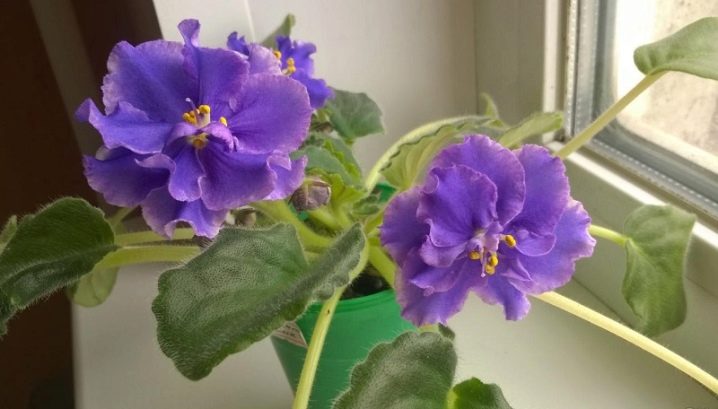
Care and other nuances
Proper watering of violets is of great importance. You will have to very carefully maintain the moisture balance. It is necessary to irrigate "Vodyany" twice or three times a week. A more accurate estimate is given by the air temperature. Important: pour only warm water that has been previously settled for at least 24 hours.
If you pour cold water on a violet, the root complex will experience a real shock. After that, the roots may even start to rot. It is also important how the plant is watered. For this purpose, watering cans with elongated spouts are used. As an option, take syringe pears.
The foliage should not be allowed to get wet. Moistening the middle of the outlet will also be very bad.
Leaves that are accidentally wet are immediately dried with a completely dry cloth.
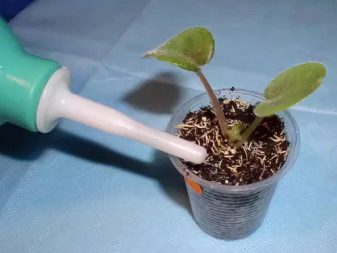

Alternative irrigation methods can be used to ensure that negative events are prevented. Tray watering involves placing a pot two-thirds of it. When 30 minutes have passed, you can take out the pot. Usually this time is enough for the root system to receive the required volume of fluid. Bottom watering is good precisely because it helps to avoid excessive moisture in the soil. If you have experience, you can also try wick irrigation, in which a cord with an outer section of 0.3-0.5 cm is laid inside the pot.
One of the ends of the cord is located inside, in the layer of the earth. The other edge is taken out through the drainage channel and lowered into a container with water. It should be located exactly below the pot. But, in addition to liquid, it is required to supply the violet with nutrients. A special place among them is occupied by:
phosphorus;
nitrogen;
potassium.

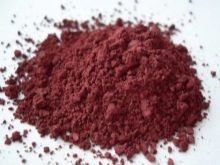
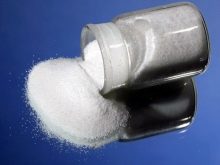
Attention: the amount of fertilizer to be applied must be determined very carefully. An excess of them can have an extremely negative effect on flowers. Rational feeding includes the use of:
- combined compositions of mineral substances;
- superphosphates;
- humus or humus.

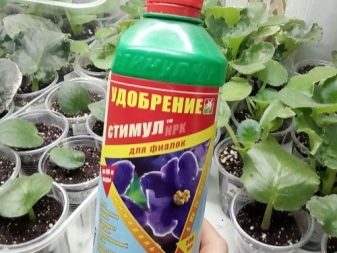
Organic matter should come when the leaf socket is folded. The turn of phosphorus and potassium comes when the buds form, and then flowers develop from them. Any fertilizers are applied once every 14-21 days under the root. But this schedule cannot be regarded as absolute dogma. Interruptions in the addition of fertilizers may be due to the following reasons:
- plant transplant (in the first 30 days, regardless of the rooting course);
- detection of diseases;
- damage by pests;
- excessively high room temperature.
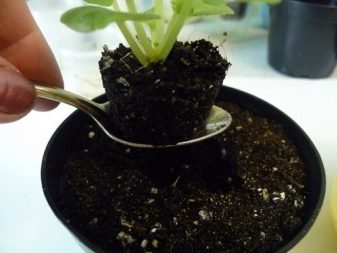
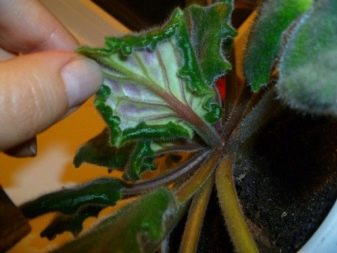
Violet feeding is also stopped for the winter. At this time, the plant should function as calmly as possible; there is no need to stimulate its activity. In any case, you can not feed the "Water" with the help of tablets and granules. Fertilizers in such forms are needed primarily for large growth. In a small pot, it is too easy to overdose and damage the flower.
The hairiness of this variety causes the accumulation of dust on the leaves. Therefore, you have to systematically arrange "shower procedures". The pot with the violet is placed in the bathtub and poured over with a light stream of warm water. Until completely dry, the plant should not be put back on the window. This can lead to sunburn.
A characteristic feature of the "Water" is the self-folding of graceful rosettes. However, growers can help the plant by turning the pot 45 degrees every 72 or 96 hours.Already developed rosettes are cleared of degraded peduncles from time to time. It is also necessary to remove the leaves that have lost their pleasant appearance. The sockets will have to be shortened every 4-5 years.
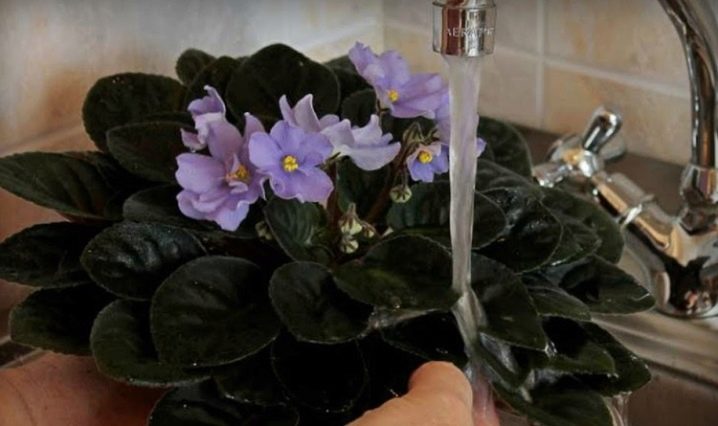
As soon as new roots appear, the rosettes are transplanted into pots with soil. With regard to reproduction, you can use:
- peduncles;
- rooting of leaves;
- stepsons.
To separate the children (those same stepsons), they use an awl. You can collect planting material every year. The leaves used for rooting are collected only from adult plants and strictly under the peduncles. It is strictly forbidden to use foliage from the middle of the outlets, as well as from the lower tiers. They simply will not give anything.
Judging from experience, the best way to reproduce the "Water" is to separate the peduncles. First, carefully break off the sheet. It is incised at an angle of 45 degrees. The workpiece is placed in a glass of water; instead of water, you can use a sand-earth mixture. The depth of the cutting can be no more than 1 cm.
You can wait for the appearance of children in the spring in about 60 days.
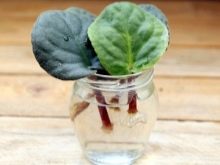


You can watch the first flowering of a violet variety "Water" in the next video.































The comment was sent successfully.